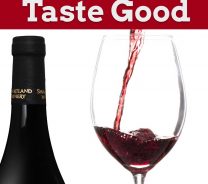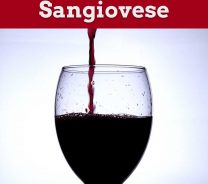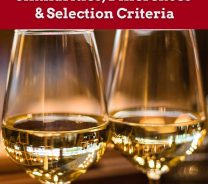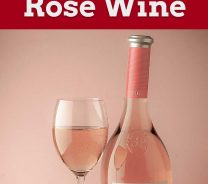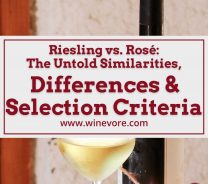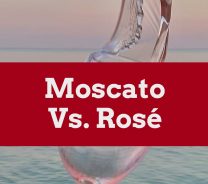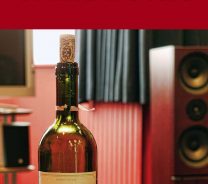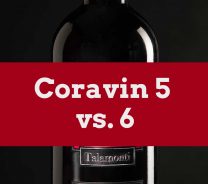Super Tuscan Vs. Cabernet Sauvignon
Last Updated on August 1st, 2023
Reader Disclosure Disclosure: We may earn commissions for purchases made through links on our site. Learn more on our about us page.Super Tuscan and Cabernet Sauvignon wines are dry red wines, but Super Tuscan is generally a blend of wine that can include Cabernet Sauvignon. Even if Cabernet Sauvignon is not included, a different Cabernet wine usually is. It may be difficult to compare these wines because Super Tuscans are a group of wines that can vary significantly and don’t have a legal definition.
What Is Similar About Super Tuscan and Cabernet Sauvignon?
Super Tuscan wines are best described as a category of wines rather than a specific wine like Cabernet Sauvignon. They’re usually made from non-indigenous grape varieties. The term is not officially recognized by any wine authority, primarily because Super Tuscans don’t meet DOC standards. The Denominazione di Origine Controllata (DOC) initially labeled such wines as “table wines,” which is the lowest quality wine in Italy. Thus, the name Super Tuscan was born to fight against the stigma of being labeled such.
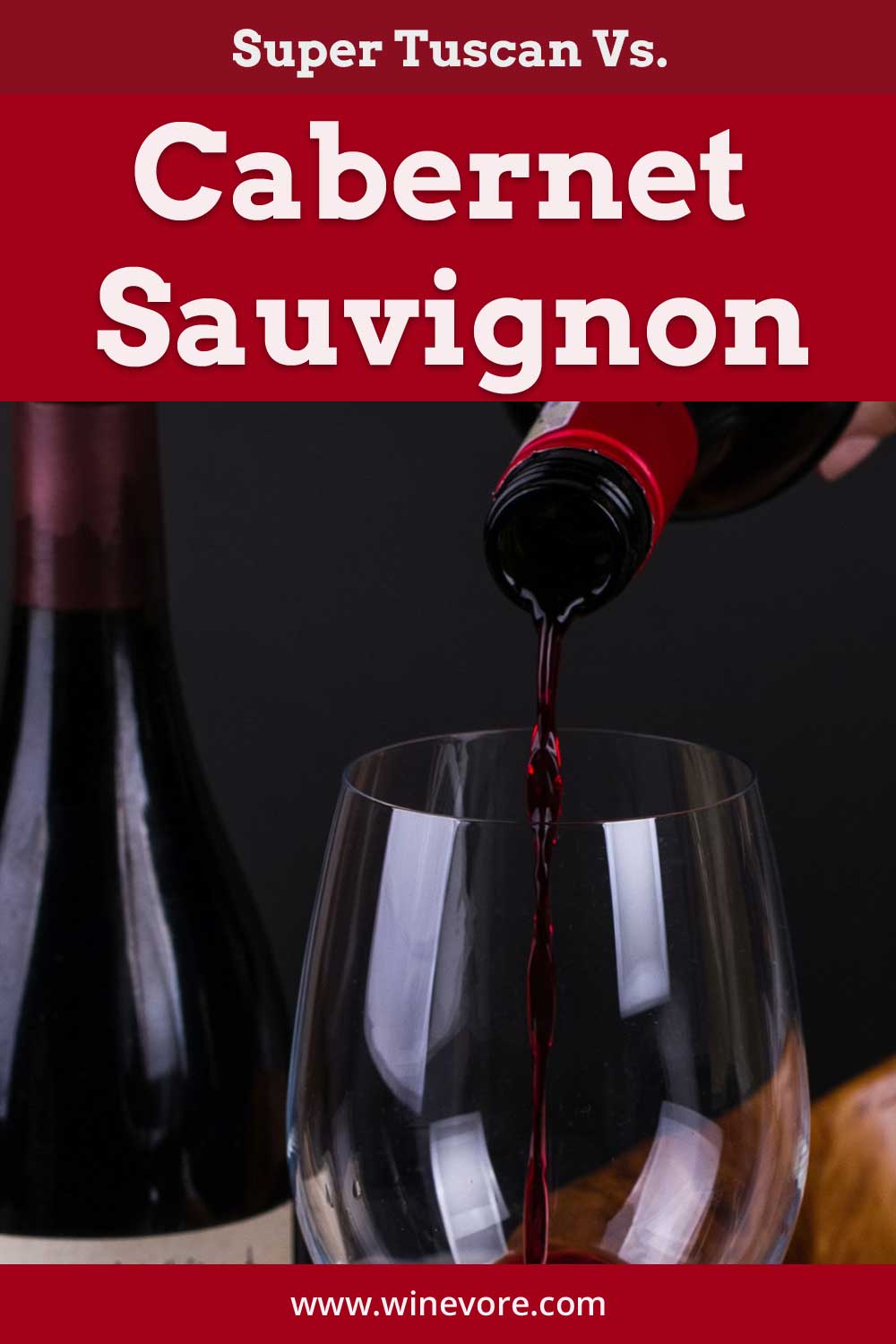
What does all this mean? Super Tuscans can be quite similar to Cabernet Sauvignon because their blends include Cabernet Sauvignon at times. They’re also usually red wines; white Super Tuscans exist, but they’re not nearly as popular.
What Is The Difference Between Super Tuscan Vs. Cabernet Sauvignon?
A big difference between Super Tuscan and Cabernet Sauvignon is its DOC status. Cabernet Sauvignon meets their guidelines, but for a long time, it didn’t. Officials feared that the wine had too much foreign influence, and eventually, they came around to the idea of Cabernet Sauvignon being a “worthy” wine. But unfortunately, they don’t yet view Super Tuscan wines the same way.
Some Super Tuscan wines are Tenuta San Guido Sassicaia, Tenuta dell’Ornellaia, and Castello di Ama L’Apparita. All of these wines are quite different, with the one similarity being that their winemakers deviated from traditional standards. This movement is catching on because some winemakers believe that DOC standards unintentionally encourage wineries to produce lower-quality wine.
Super Tuscan wines vary considerably in sweetness, amount of alcohol, and color. They are usually a blend of wines, though, so they can still bear some similarities to Cabernet Sauvignon because they often contain it.
Which One Is Sweeter Or Drier Than The Other?
In general, Super Tuscan wines will end up being sweeter than Cabernet Sauvignon. This is because Super Tuscan wines are a style, not a specific wine, so nothing says they can’t be sweet. Sometimes they’re blended with grapes traditionally used to make sweet reds, like Syrah or Shiraz.
Which One Has More Alcohol Content?
These wines tend to have similar amounts of alcohol, rarely less than 12.5% but not much higher than that. Cabernet Sauvignon is known for going a little higher, sometimes around 15% ABV, but that isn’t typical, especially if the wine is made in Italy. Wines made in California are usually higher in alcohol content than ones made in Europe.
How Do I Choose Between Super Tuscan and Cabernet Sauvignon?
If you’re choosing a Super Tuscan wine, you still have additional choices to make between them. Cabernet Sauvignon is a safe choice if you don’t feel like rolling the dice on what you’re getting. But Super Tuscan wines are an interesting movement that encourages winemakers to produce higher quality wines because they’re not restricted to specific guidelines and can rely more on their own expertise.
Summary
Super Tuscan and Cabernet Sauvignon wines are typically dry reds but not always. Therefore, it’s difficult to say for sure what their similarities and differences might be without first choosing a specific Super Tuscan wine. However, it’s hard to go wrong with Italian wine. There is a reason Italians (and, of course, the French) are known for their wines, and it isn’t because they’re bad at making them.

